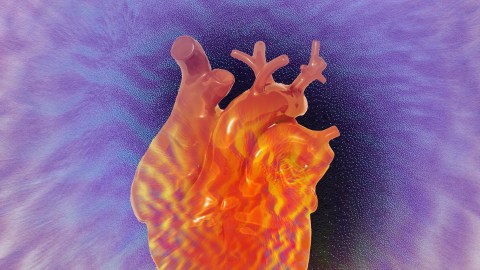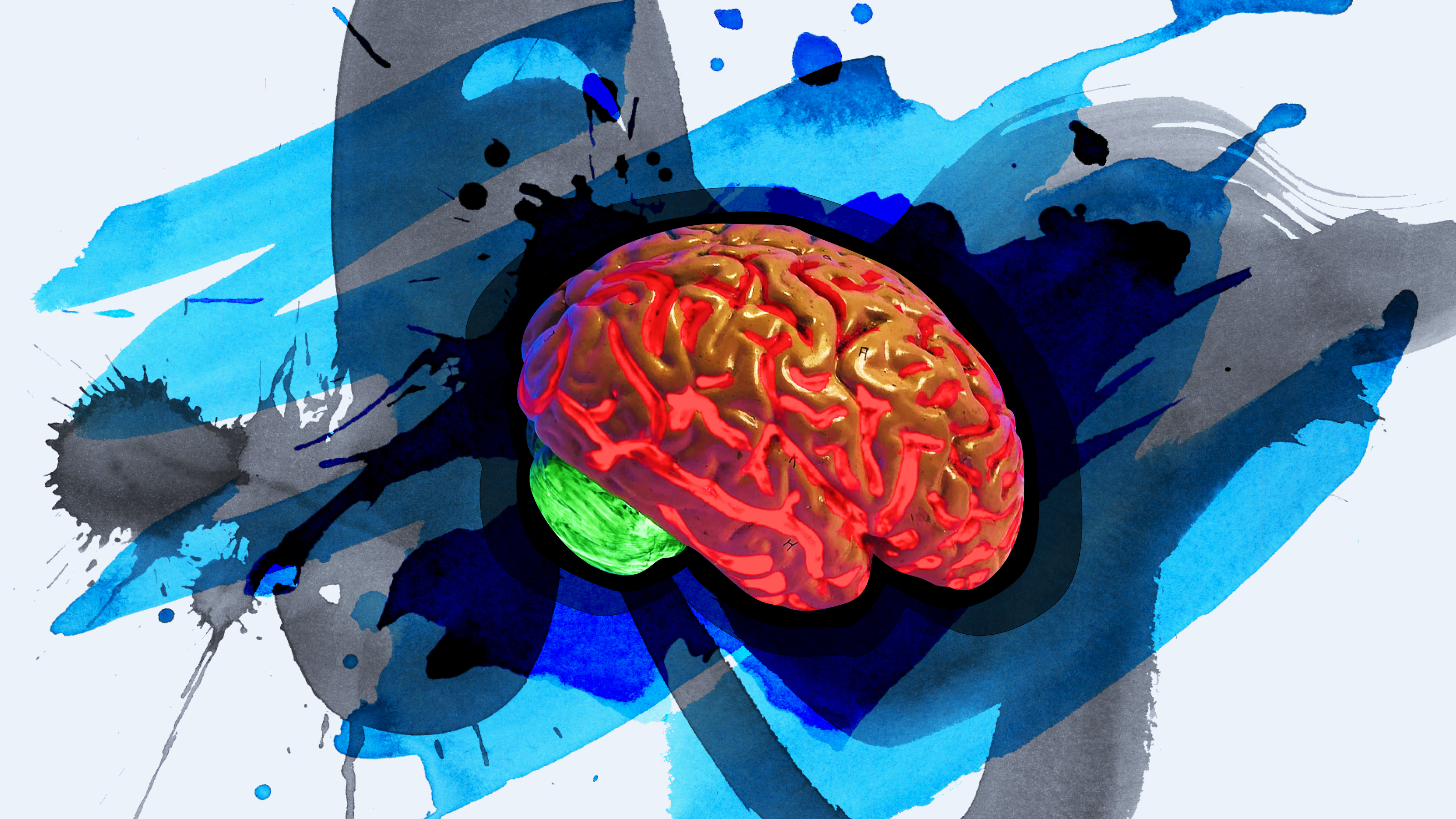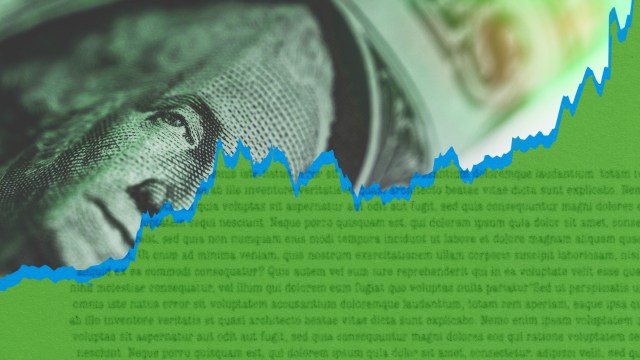The psychedelic heart: Scientists predict DMT effects from cardiac activity

- A recent study explored how psychedelic substances like LSD and DMT affect interactions between the heart and brain.
- The researchers found that variations in heart rate and its variability under psychedelics seem to be critical for comprehending the profound changes in consciousness these substances induce.
- The study could help to open new doors in psychedelic research, suggesting that cardiac activity might play a more significant role in these experiences than previously thought.
The heart is a fickle thing, but it may be best to keep it that way. In a recent preprint article, still awaiting peer review, Imperial College London researchers Fernando Rosas and Pedro Mediano reveal how the heart behaves under psychedelics, dynamically interacting with the brain in unique ways that may promote well-being. Drawing on multiple data sets for psilocybin, ketamine, DMT, and LSD, the researchers analyzed correlations between brain activity, subjective effects, and three measures of cardiac activity in humans: heart rate, heart-rate variability, and heart-rate entropy. Their findings suggest that by knowing the heart, we can better know the mind.
The vocabulary of the heart
When it comes to modeling psychedelic brain effects, neuroscientists tend to view heart rate and other peripheral physiological changes as mere byproducts of the experience, irrelevant to understanding how altered states of consciousness are constructed, let alone how psychedelics might improve mental health. After all, it’s common knowledge that many psychoactive drugs, including psychedelics, can increase heart rate (the number of beats per minute), so why should the line of inquiry go any further?
For good reason, as it turns out. Thanks to advances in neuroscience, we now know that the heart can influence cognition, including emotion, time perception, social interaction, and sense of self. In fact, selfhood itself may be grounded in the integration of internal signals, especially heartbeats, into the brain’s representation of the body. And when it comes to influencing selfhood, not all beats are created equal.
In order to support the body in balancing “fight or flight” with “rest and digest,” one important thing the heart does under normal conditions is behave erratically. Although it may feel like your heart beats rather consistently, it actually varies by a fraction each time, even when you’re at rest. This variation in time between beats is called heart rate variability (HRV), and it’s important for adapting to change. The pattern of HRV differs for each person, like a fingerprint, and can shift depending on the time of day, season, and other factors. Overall higher HRV has been firmly linked to greater health, as it seems to reflect the ability of an organism to flexibly adapt to complex environmental circumstances. Meanwhile, lower variability has been linked to illness. Good sleep, physical exercise, and positive social interaction have been shown to increase HRV, while depression, schizophrenia, and other conditions have been associated with reduced HRV. The heart, it seems, is fundamental to conscious experience.
Still, most theories of how psychedelics work have focused on the brain, broadly neglecting the rest of the body. Another view, Rosas and Mediano write, is that autonomic changes (i.e. changes in involuntary bodily functions) are part of the experience itself, and therefore “bearers of signal rather than noise.”
It was on this basis that Rosas and his team — which includes University College London neuroscientist and cardiac researcher Sarah Garfinkel — sought to investigate the link between brain and heart in psychedelic experience. They wanted to know: Do psychedelics increase HRV as well as heart rate, or do something else to the heart entirely? Even more intriguingly, would these cardiac markers predict subjective experience? They already had a few clues to work with. Since previous research has shown that psychedelics increase “brain entropy,” which is a measure of the variability of conscious states (more diverse and less typical patterns of activity), they wondered whether psychedelics might also diversify patterns of heart activity. This variability of HRV — variability of variability, if you will — is called heart-rate entropy (HRE).
“Entropy measures not the prevalence of specific patterns, but the diversity of patterns in heart rate fluctuations,” Rosas told Big Think. “I like thinking that entropy doesn’t look for patterns but looks for patterns of patterns.”
To measure HRV, you need to identify the “shape” of the pattern. To measure HRE, you don’t necessarily need to know what the HRV pattern looks like exactly — just how diverse it is.
“Two subjects may display entirely different shapes in their patterns of fluctuation, but for the entropy this is not a problem, as it just assesses how broad the repertoire of patterns of each subject are.”
If psychedelics increased heart-rate entropy, the team wondered, would these changes be correlated with increases in brain entropy, and could that tell them something about the therapeutic effects of psychedelics?
The heart of the trip
First, the research team showed that, compared to placebo, all psychedelic compounds — ketamine, psilocybin, LSD, and DMT — did, in fact, increase HR, HRV, and HRE.
Next, to take a closer look at the dynamic relationship between heart activity, brain activity, and subjective experience, they pulled aside the DMT data set for analysis. They chose this data set for two reasons. Because a DMT trip takes less than 20 minutes, the data set gave Rosas and his team a good glimpse of what high variability over a relatively short time could look like. This set also provided them with rich psychological ratings associated with various subjective dimensions of the experience, gathered from questionnaires. (As a side note, the psilocybin and ketamine data sets were excluded from the following analyses as they couldn’t provide the same insight into the dynamics of a trip, covering only a small portion of what is a much longer trip.)
The researchers found that heart-rate entropy predicted changes in brain entropy much better than HR and HRV, with substantial correlation 0 to 5 minutes (peak experience) and 9 to 12 minutes after injection. “Although heart-rate entropy waxes and wanes similarly to the mean heart rate, it has very distinctive predictive properties,” Rosas says. “Even if their dynamics may look similar, they seem to be capturing rather different processes.”
In fact, each autonomic marker had very distinctive predictive power over dimensions of the DMT experience as it unfolded, explaining up to 70% of the variation between subjects. For example, the intensity of experience was dominated by HR, challenging experience by HR entropy, and complex imagery alternating between HRV, HR, and entropy at different times.
That said, Rosas cautions against over-interpreting the findings.
“This is an explorative analysis on a small sample size, which we think should be taken as a proof of principle that this works,” he says. “Larger studies should be carried out to find out what autonomic feature is most associated with what psychological dimension.”
Next, they examined the LSD data set, which was larger (20 subjects under drug and placebo in four different environmental conditions), to see whether heart-rate entropy and brain entropy were simply co-occurring phenomena, or whether they each contributed in their own way to the subjective experience. As the LSD dataset used MEG and structural MRI rather than the low-density EEG of the DMT data set, they were also able to extract spatial information to tell them which parts of the brain showed this entropic link (as it turns out, the precuneus, mid cingulate, and sensorimotor areas, specifically).
What they found is that different features of the LSD experience — simple and complex imagery, positive mood, intensity of the experience, ego dissolution, and emotional arousal — correlated in distinct ways with different biomarkers (heart and brain). For example, brain entropy was the strongest predictor of simple and complex imagery, while HR entropy was the strongest predictor of positive mood. But when taken together, positive correlations between heart and brain biomarkers were even more predictive of various states, suggesting that knowing the state of the autonomic system substantially increases predictive power over subjective scores.
“The predictive power of autonomic markers is not redundant with the predictive power of brain entropy,” Rosas says, “but seems to be synergistic.” In other words, heart activity doesn’t just reflect brain activity — it’s an integral part of the picture, contributing its own pieces to the puzzle of the psychedelic state. “Better predictions of the psychological effects of LSD can be attained by considering models which include both brain and heart signatures, and their interactions.”
Entropy and health
So, what could all this mean for mental health? For starters, you might say hearts were behaving rather strangely in these data sets, and that’s a good thing.
“The patterns of heart activity we were seeing with psychedelics was quite special,” Dr. Garfinkel told Big Think. “To get such striking rises in both heart rate and heart rate variability together is an unusual profile, typically only seen under conditions of intense joy and euphoria.”
In most cases, if heart rate increases, HRV decreases. This happens every time you exercise, for example. What’s more, in schizophrenia and some cases of depression, brain entropy is increased while HRV is reduced. To see simultaneous increases in brain entropy, heart rate, and heart entropy was fairly remarkable.
“As we are increasingly recognizing that cardiac signatures and their interactions with the brain are potentially pivotal for guiding emotional states,” Garfinkel said, “this relatively unique signature may be integral in helping us understand the body-brain dynamics underscoring the therapeutic and beneficial effects of psychedelics.”
The next obvious step would be to disentangle the relationship between brain effects and HRV — for example, by determining whether the heart itself could be driving, not just responding to, psychedelic states. Motivated by this possibility, Rosas said, “I don’t like the simplistic view that the heart is nothing more than a blood pump, but I’d like to be able to support counter-arguments on empirical evidence.”
In future studies, Rosas believes causality could first be investigated without psychedelics by “employing animal models to perform pharmacological or other interventions, altering one system or the other to see what happens with the coupling.” What’s most exciting to him, for now, is that focusing on the heart could change the way psychedelic scientists work: “Collecting large samples of ECG data related to psychedelics is far easier, less invasive, and more cost-effective than brain imaging.”
While the team acknowledges that the uniqueness of this “entropic heart effect” could be partly due to its difficulty to elicit in a laboratory setting (thus making it relatively absent from the research literature), they also offer another — more heartening — possibility: “This peculiar autonomic signature may be associated with the very special state of mind often associated with psychedelic experiences, related to expansion, connection, and meaning.”





